 Image 1 of 7
Image 1 of 7

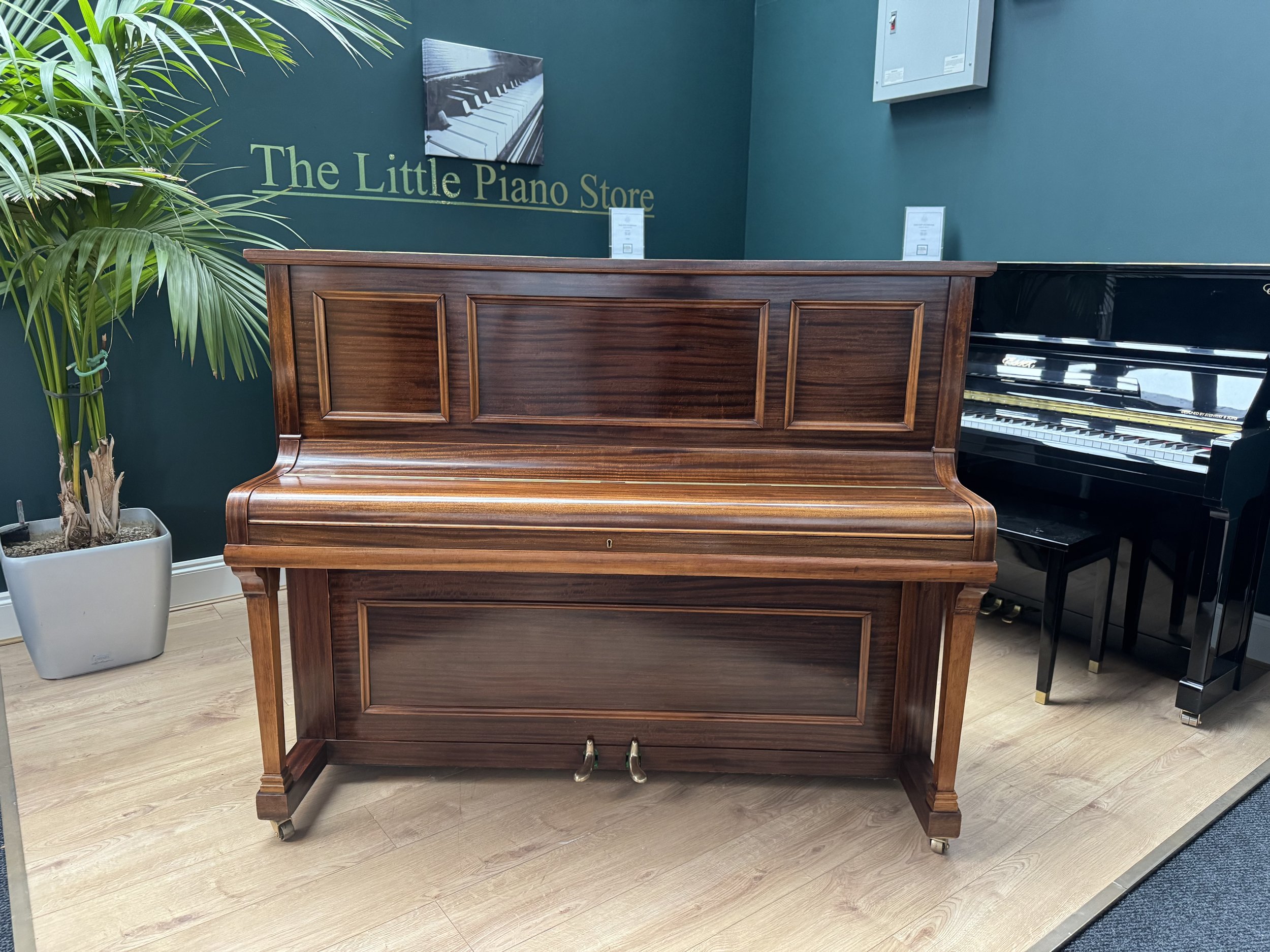 Image 2 of 7
Image 2 of 7

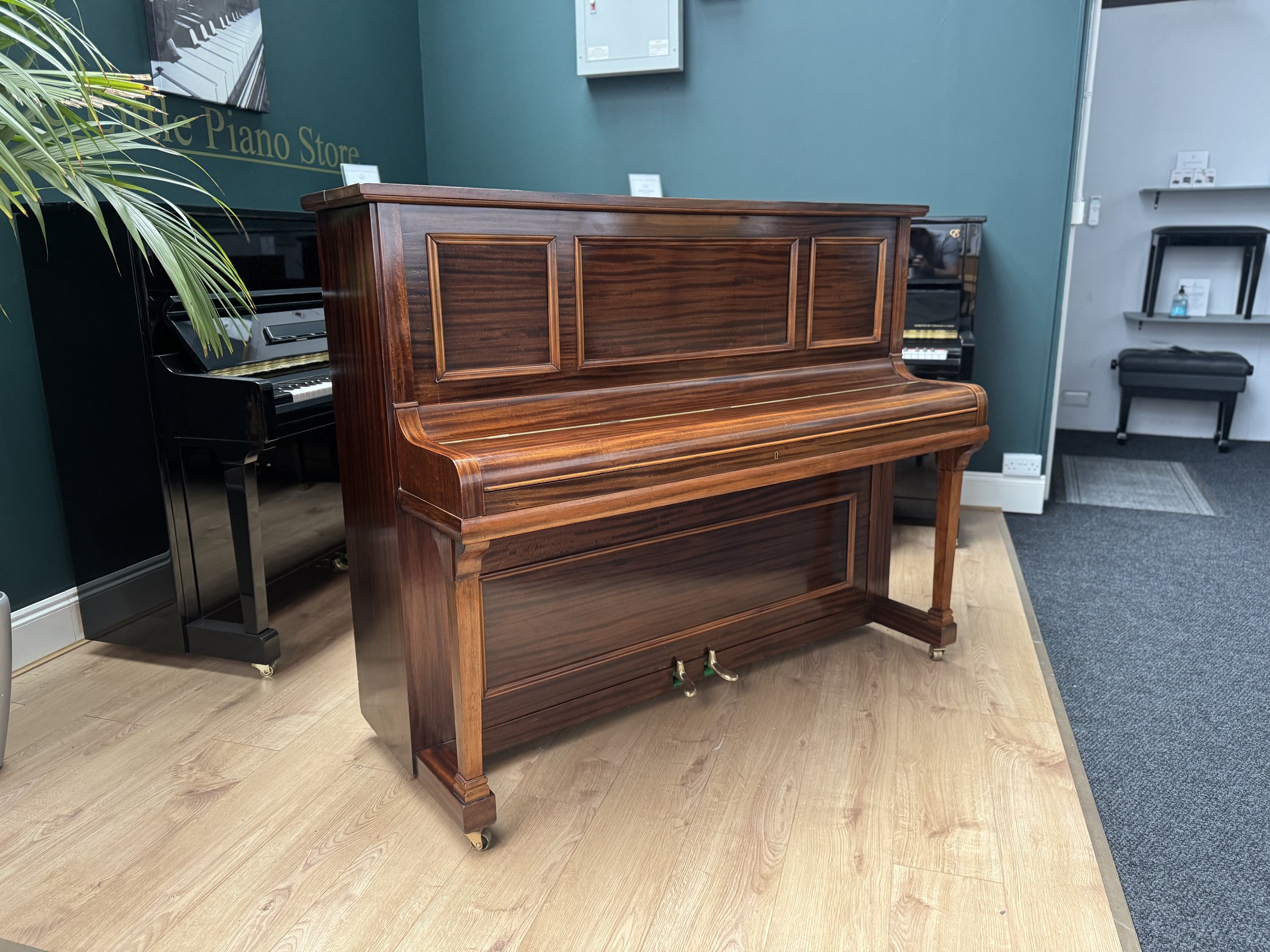 Image 3 of 7
Image 3 of 7

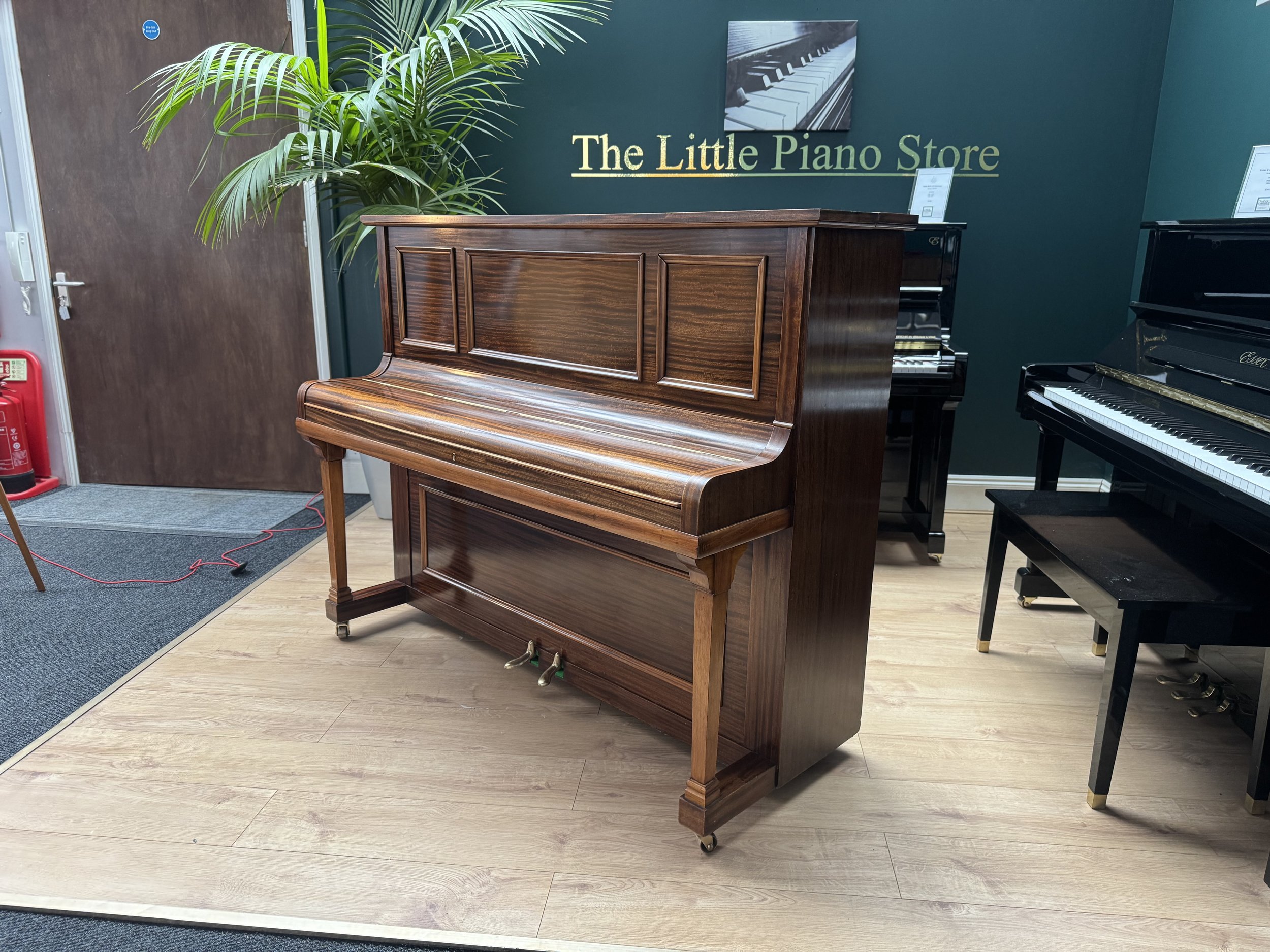 Image 4 of 7
Image 4 of 7

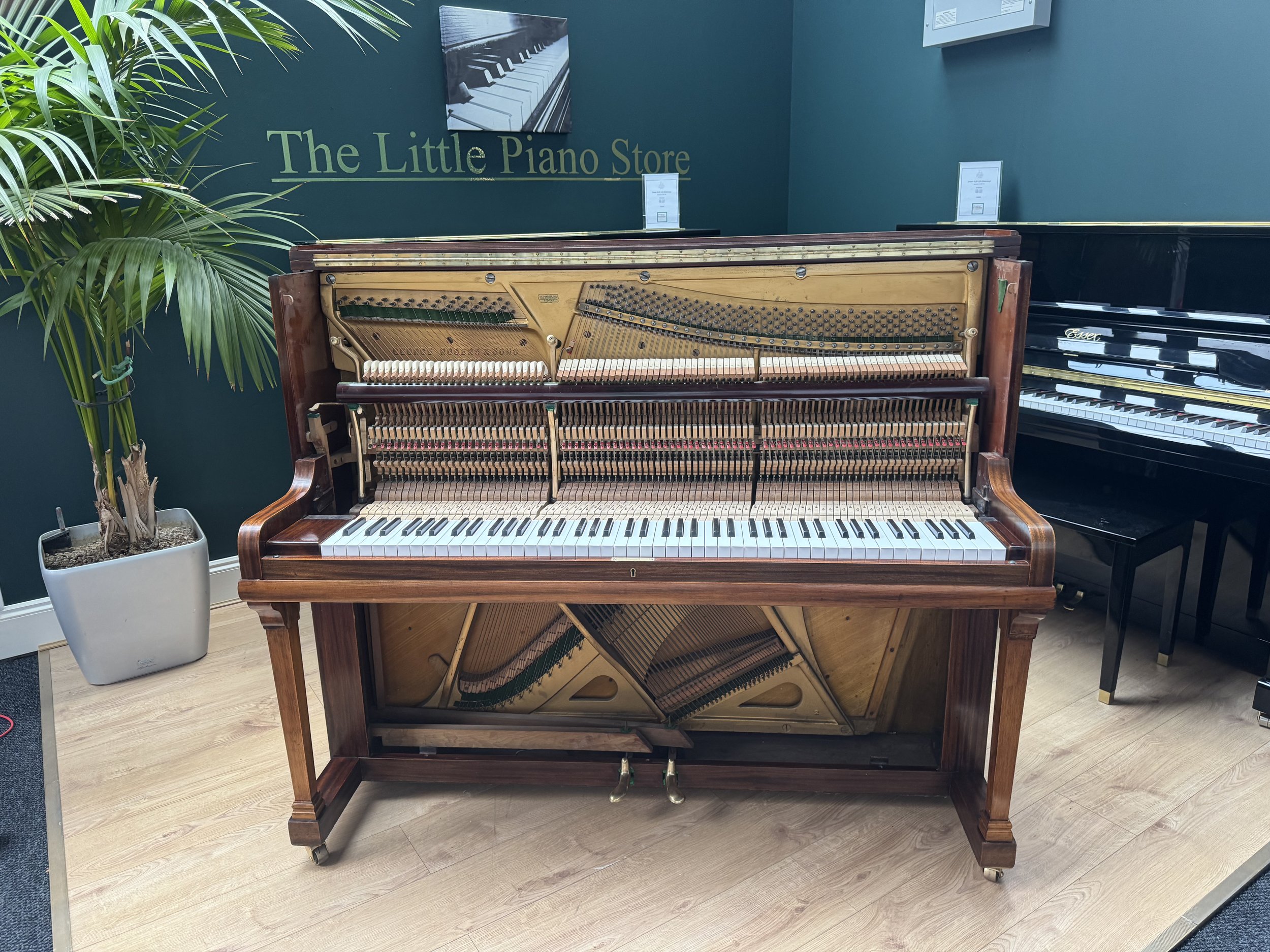 Image 5 of 7
Image 5 of 7

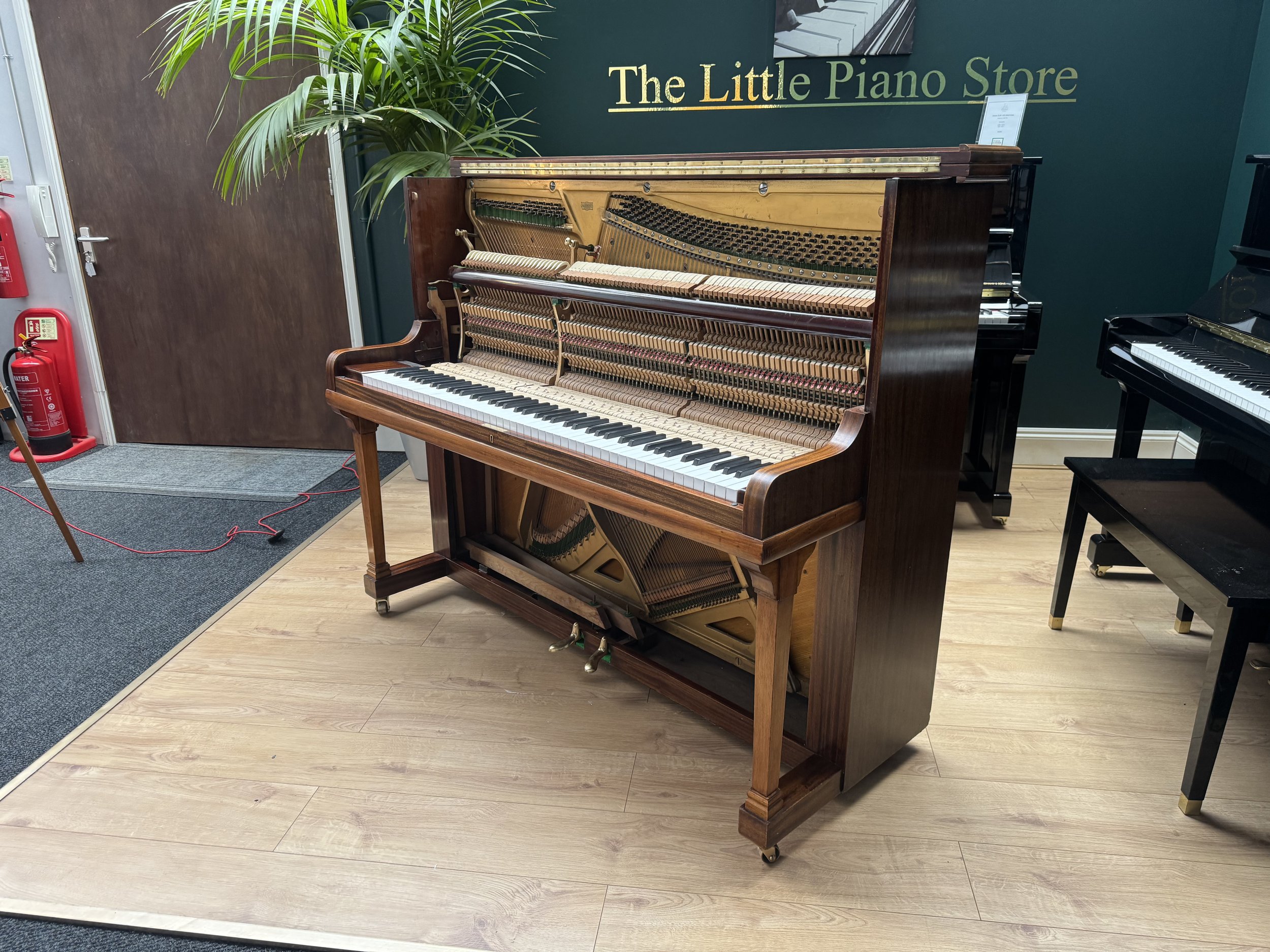 Image 6 of 7
Image 6 of 7

 Image 7 of 7
Image 7 of 7








Rogers Traditional Upright Piano
About this piano:
Serial No: 37609
No of pedals: 2 (half blow, sustain)
No of keys: 88
Dimensions:
Width: 154cm
Height: 122cm
Depth: 62cm
Legroom: 63cm
Shows previous signs of refurbishment in the past including new strings, bridle tapes. Keytops have also been replaced, casework has been repolished at some point in the past also. All in all the piano has probably received the equivalent of £3-4 thousand pounds worth of work previously. It’s very rare to see a British pre war instrument in such good condition.
Origins & Legacy (Early 1800s–1980s)
• Founded in London, George Rogers & Sons began building pianos around 1843, producing quality uprights and baby grands.
• Some of their earliest instruments—square pianos—can be traced back to pre‑1840s New York under Abel Rogers.
⸻
🔧 2. Golden Years → Decline
• Their craftsmanship shined especially in the 1900s–1930s, crafting robust uprights and baby grands comparable to contemporaries like Challen or Welmar
• In the 1890s, Rogers even built casework for Bechstein in London, a sign of their high-quality output
• From the 1960s onward, they shifted to a “small modern” style, focusing on reliable, stylish uprights until ceasing operations in the 1980s
About this piano:
Serial No: 37609
No of pedals: 2 (half blow, sustain)
No of keys: 88
Dimensions:
Width: 154cm
Height: 122cm
Depth: 62cm
Legroom: 63cm
Shows previous signs of refurbishment in the past including new strings, bridle tapes. Keytops have also been replaced, casework has been repolished at some point in the past also. All in all the piano has probably received the equivalent of £3-4 thousand pounds worth of work previously. It’s very rare to see a British pre war instrument in such good condition.
Origins & Legacy (Early 1800s–1980s)
• Founded in London, George Rogers & Sons began building pianos around 1843, producing quality uprights and baby grands.
• Some of their earliest instruments—square pianos—can be traced back to pre‑1840s New York under Abel Rogers.
⸻
🔧 2. Golden Years → Decline
• Their craftsmanship shined especially in the 1900s–1930s, crafting robust uprights and baby grands comparable to contemporaries like Challen or Welmar
• In the 1890s, Rogers even built casework for Bechstein in London, a sign of their high-quality output
• From the 1960s onward, they shifted to a “small modern” style, focusing on reliable, stylish uprights until ceasing operations in the 1980s
